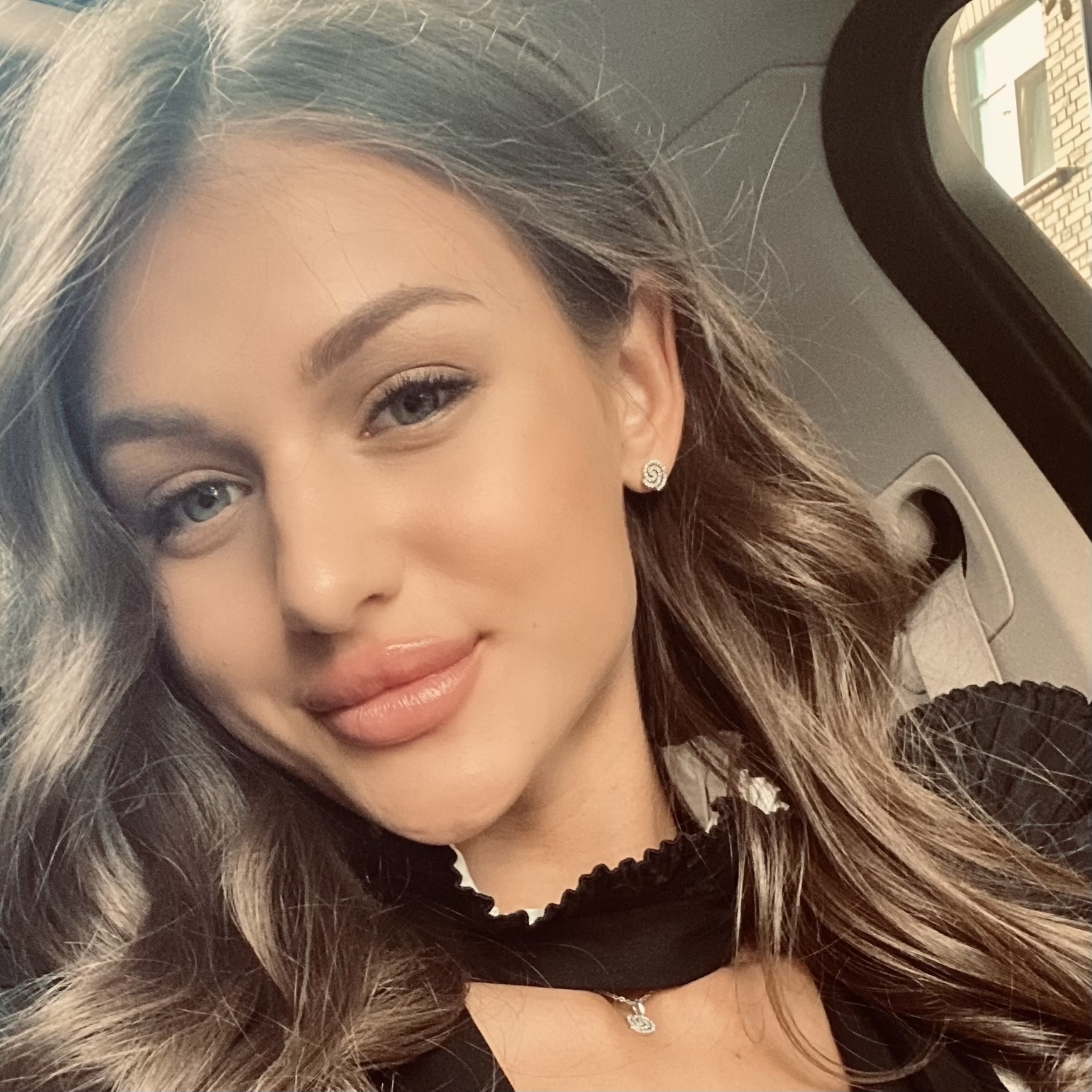Content
E-Commerce Personalization Trends to Follow in 2023

Time to read: 17 minutes
The e-commerce landscape is constantly changing. Personalization trends are a major factor in the development of successful e-commerce stores and businesses. As we move into 2023, some e-commerce personalization trends will be essential for retailers to stay ahead of their competition. By understanding these e-commerce personalization trends, you can create a successful e-commerce business with satisfied customers who enjoy a personalized shopping experience. This article identifies the e-commerce personalization trends you should follow in 2023 and explains how you can use them to ensure that your e-commerce store is at the top of its game.
What is E-Commerce Personalization?
E-commerce personalization is the process of customizing the experience for customers based on their individual preferences, interests, and behaviors. By leveraging data from various sources, such as purchase history, marketing campaigns, and website activity, e-commerce businesses can create customized experiences that improve customer engagement.

Personalization has become an increasingly important tool for e-commerce businesses, as it allows them to provide more relevant and targeted content that resonates with customers, including personalized product recommendations, tailored discounts and promotions, and customized e-mail campaigns designed to engage customers.
Why is Personalization the Future of E-Commerce?
Personalization is an e-commerce trend that is here to stay. With more customers demanding personalized experiences, e-commerce stores must focus on this trend. Personalized e-commerce allows customers to create tailored experiences based on their personal preferences. These experiences may include targeted promotions, customized product recommendations, and personalized messages. By providing a personalized e-commerce experience, businesses can increase customer loyalty and satisfaction and improve their sales and profits. Personalization has become increasingly important as e-commerce stores compete for customers’ attention. In fact, studies have shown that customers are more likely to make a purchase when they feel their individual needs are met.
Here are some reasons why personalization is the future of e-commerce:
- Increased customer satisfaction: Customers want to feel special and be acknowledged for their individual preferences. Personalized e-commerce experiences satisfy this need by providing customers with tailored product recommendations, discounts, and messages that make them feel valued.
- Improved brand loyalty: Personalized e-commerce experiences foster a more intimate relationship between customers and e-commerce brands. By providing customers with a personalized experience, e-commerce stores build trust and loyalty among their customers.
- Increased revenue: By personalizing e-commerce experiences, companies can increase their sales by targeting the right customer with the right product at the right time. This increases conversions and revenue for e-commerce businesses.

In conclusion, e-commerce personalization will only continue to grow in popularity in the coming years. With more customers demanding personalized experiences, e-commerce stores must provide tailored experiences to stay competitive. By utilizing e-commerce personalization trends, businesses increase customer satisfaction, build brand loyalty, and boost their sales and profits. Clearly, personalization is the future of e-commerce.
What are the Benefits of E-Commerce Personalization?
The e-commerce industry has grown significantly over the past several years, and personalization is a trend that continues to prove its benefits. Personalized e-commerce experiences allow e-commerce stores to:
- Increase customer loyalty: Customers feel more valued and appreciated when they receive personalized e-commerce experiences catering to their needs.
- Improve engagement: Personalization helps e-commerce stores understand their customers’ needs and improve engagement rates.
- Increase sales: Offering personalized experiences to customers by using product recommendations, discounts, and other incentives helps e-retailers increase sales.
- Enhance customer experiences: Personalization helps e-retailers create unique experiences tailored to each customer, which increases satisfaction and loyalty.
- Generate more leads: Personalization helps e-commerce stores attract new customers and generate more leads.
- Enhance customer data: By analyzing customers’ past purchases and behaviors, e-retailers can further personalize their e-commerce experiences.

As e-commerce continues to develop and evolve, personalization will become an increasingly important critical success factor. E-commerce personalization is an essential trend that e-retailers should consider to stay ahead of the competition and maximize their profits. By providing personalized e-commerce experiences, e-retailers not only improve customer loyalty and engagement but also increase sales and generate more leads.
For more information, read Dinarys’ Comprehensive Guide to Choosing Website Personalization Tools.
Seven Top Trends in E-Commerce Personalization
The e-commerce industry is rapidly changing and evolving, so it is important to stay ahead of the curve when it comes to personalization trends. As e-commerce continues to grow, it is even more important for businesses to use a personalized approach to stand out from the competition. The following personalization trends will be popular in 2023:
1. Hyper-Personalization
Hyper-personalization involves using customer data to create highly customized e-commerce experiences. This enables e-commerce stores to provide tailored recommendations and content to customers, resulting in better conversions and higher customer satisfaction. E-commerce stores should deliver personalized shopping experiences that make their customers feel valued and customize their content and offers to create a unique customer journey.
Tips to Implement Hyper-Personalization:
- Leverage customer data to understand your customers.
- Use AI and ML technologies.
- Personalize product recommendations based on customer preferences.
- Create personalized offers.

2. Automated Customer Segmentation
Automated customer segmentation divides customers into separate groups based on their needs, behaviors, and preferences. This makes it easier for e-commerce stores to target specific customer segments with tailored messages, offers, and discounts.
Tips to Implement Automated Customer Segmentation:
- Define and analyze customer segments.
- Understand your customers’ behaviors.
- Leverage data to personalize experiences.
- Use marketing automation tools.

3. Voice Technology
Voice technology enables e-commerce stores to use speech recognition software or virtual assistants, such as Alexa and Google Home, to interact with customers. This technology allows e-commerce stores to provide customers with personalized product recommendations and offers based on their needs.
Tips to Implement Voice Technology:
- Integrate AI-powered voice technology.
- Leverage customer data for personalization.
- Create a unique customer experience by providing customized offers.

4. Contextual Commerce
Contextual e-commerce allows e-commerce stores to present customers with customized offerings based on their current context. By analyzing customer behavior, e-commerce stores can create product recommendations and offers tailored to their customers’ specific needs.
Tips to Implement Contextual Commerce:
- Collect contextual data from customers.
- Analyze customer behavior and preferences.
- Create personalized product recommendations.

5. Dynamic Pricing
Dynamic pricing enables e-commerce stores to adjust prices in real time based on customer demand, competitor prices, and other information. By using dynamic pricing, e-commerce stores can leverage customer data to optimize their pricing strategies and maximize their profits.
Tips to Implement Dynamic Pricing:
- Analyze customer behavior and preferences.
- Monitor your competitors’ prices.
- Integrate dynamic pricing algorithms.

6. Shopping Cart Abandonment Recovery
Shopping cart abandonment recovery allows e-commerce stores to recover abandoned shopping carts by sending reminders and personalized offers. By leveraging customer data, e-commerce stores can send customized emails to re-engage customers and convert them into paying customers.
Tips to Implement Shopping Cart Abandonment Recovery:
- Analyze customer behavior and preferences.
- Create personalized discounts and offers.
- Integrate technology for abandoned cart recovery.

7. Mobile Optimization
Mobile optimization enables e-commerce stores to optimize their mobile e-commerce experiences for better conversions. By optimizing the customer’s mobile experience, e-commerce stores can provide a personalized shopping experience on any device.
Tips to Implement Mobile Optimization:
- Optimize web pages for mobile devices.
- Improve page loading speed.
- Use advanced technologies, such as augmented or virtual reality.

E-commerce stores should follow these e-commerce trends to create personalized experiences that increase customer engagement and sales. By leveraging customer data, e-commerce stores provide customers with tailored product recommendations, offers, discounts, and more. Furthermore, by optimizing mobile e-commerce, e-commerce stores ensure a seamless shopping experience across devices and improve conversions. Using the right strategies, e-commerce stores can take advantage of these e-commerce personalization trends to increase customer satisfaction and grow their businesses.
You may also enjoy reading Seven Best Website Personalization Tools.
Conclusion
E-commerce personalization is becoming increasingly important for businesses to remain competitive in the crowded digital world. Leveraging personalized e-commerce trends allows businesses to deliver more tailored customer experiences, maximize engagement, and increase conversion rates.
2023 is the year of e-commerce personalization, so make sure that you prepare now to stay ahead of the competition. Dinarys can help you stay informed of current e-commerce personalization trends and ensure you are ahead of the curve. Contact us today, and let us help you make the most of e-commerce personalization services to increase your conversion rates and maximize your profits.
Let professionals meet your challenge
Our certified specialists will find the most optimal solution for your business.


